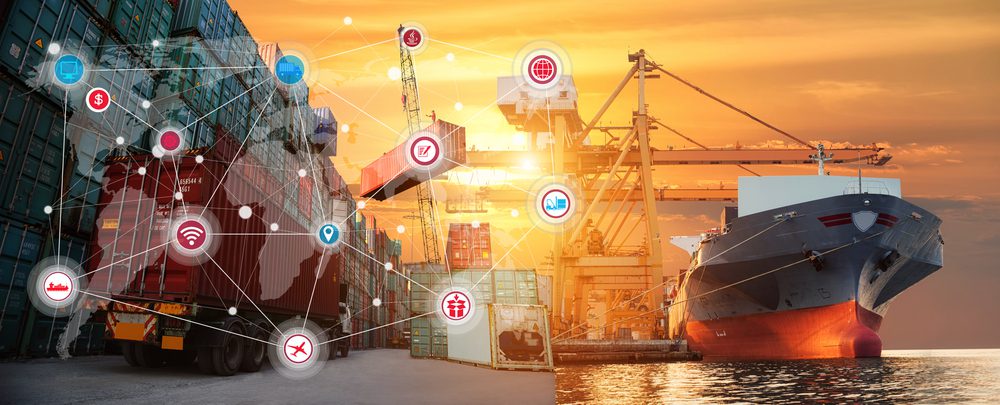
3 AI Innovations Impacting the Supply Chain Management
It’s 2021 and supply chain executives can no longer afford to ignore artificial intelligence (AI). If they do, they’re missing out on the most exciting technological innovation since the birth of the internet.
Which is why, today, we continue our series on how the pairing of AI & supply chain management is revolutionizing supply chains around the world (thanks, in no small part, to the brilliant engineers and fearless executives who are implementing this technology).
AI and the new industrial revolution, Industry 4.0, is making waves in the supply chain process everywhere, forever altering the way executives manage production and manufacturing.
In Part 1 of our series, we explored how AI is already being implemented in manufacturing to improve supply chain efficiency and boost profits.
In this second article in the series, we delve into how AI is impacting the distribution of goods from the manufacturer to the distributor. Can AI also be integrated into this vital step of production? And if so, what unique advantage does it offer to encourage supply chain executives to invest in it?
Spoiler alert: the answer is a resounding yes. AI is already redefining how products are moved from manufacturers to the point of sale. The technological pairing of AI & supply chain management is the future. Here’s how.
1. Use AI sensors to keep goods safe during delivery
Visual perception and situational awareness can be used to both track the condition of goods being shipped and to prevent collisions, reducing the chance of product damage.
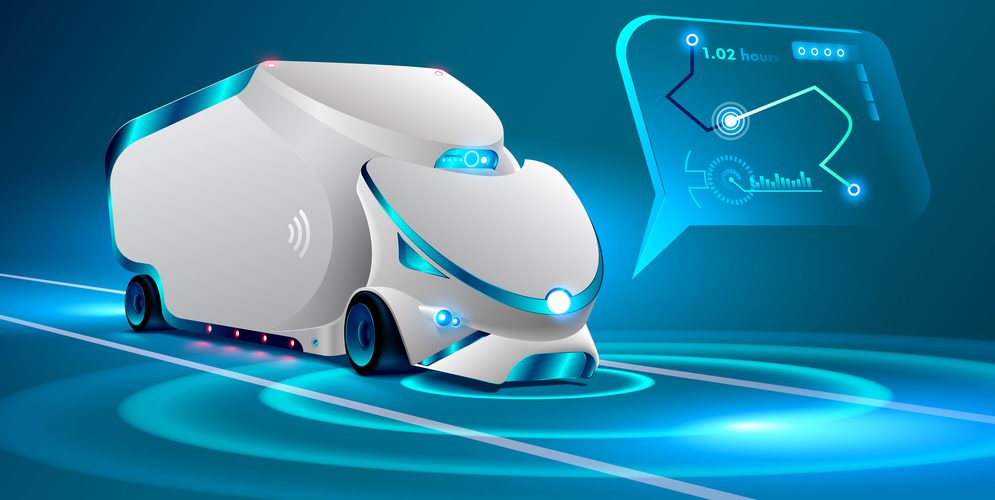
A pressing concern for supply chain executives is the assurance that goods are transported to and from warehouses/factories safely and without damage.
Unfortunately, while you can put plenty of stop-gap measures in place, this is ultimately out of your control. All you can do while 70,000 glass bottles are being shipped overseas or traveling at high speeds down the highway is to wait and keep your fingers crossed. Until now, that is.
Artificial intelligence is handing control back to executives, allowing you to implement better processes that will prevent damage to goods during delivery.
According to international courier DHL, one of the primary ways this is being implemented is through AI-driven visual perception and advanced image recognition technology. Through its ability to detect abnormalities in shipments, AI can record when goods are damaged during transit and notify you before they arrive, giving you time to plan for an alternative course of action should damage occur.
Let’s divert our attention from ground transportation and talk about how AI is impacting the shipment of goods.
Shipping company A.P. Moller-Maersk has recently partnered with Sea Machines Robotics, a Boston-based company specializing in autonomous tech to enhance the marine industry, to implement Sea Machines Robotics’ new perceptual and situational awareness AI technology on board one of Maersk’s freight ships.
Using a series of advanced sensors, including computer vision and light detectors, to constantly receive data during the ship’s voyage, the data from this AI algorithm will detect information on the ship’s surroundings, locate potential conflicts such as approaching vehicles, and relay these findings to the ship’s crew.
Maersk is, in their own words, “providing the infrastructure for a future autonomous collision avoidance system.”
Bottomline: AI has the potential to revolutionize the risks that come with shipping across large areas of land and sea during supply chain distribution. Where once you were dealing with a situation ultimately out of your control, you can now implement AI onboard your transportation vehicles or cargo ships to track their course, helping to prevent damage from natural forces, human error, or other unforeseen circumstances.
Still not convinced about AI supply chain management applications? Keep reading.
2. Spot vehicle problems early with the help of AI
AI can be used to both monitor the condition of your cargo vehicles and to alert you to when damage occurs, preventing downtime in your supply chain. How's that for an amazing AI supply chain management innovation?
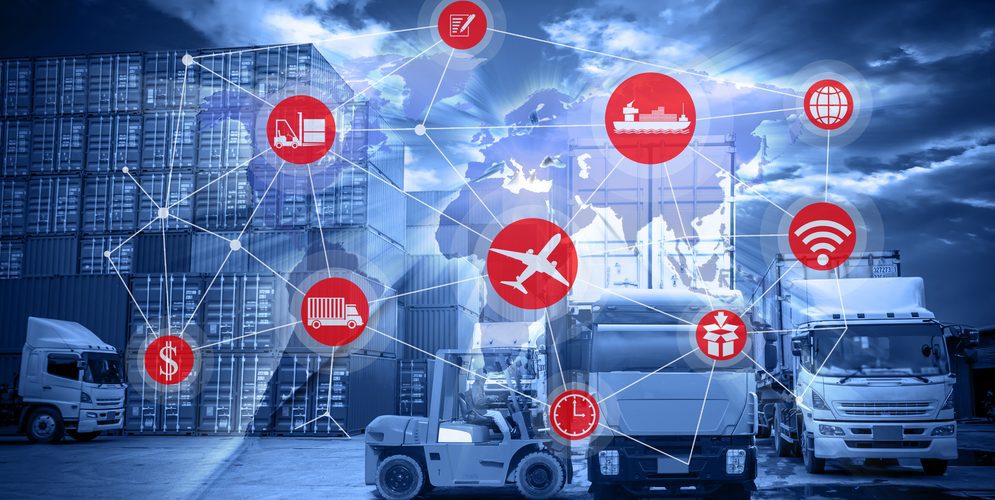
Most supply chains rely heavily on deliveries, whether it’s to or from the production site. If you're shipping supplies between warehouses and factories, you need to ensure the vehicles you’re using are reliable. If one vehicle breaks down, your whole supply chain could be affected.
Say, for example, that you needed to deliver screws from your warehouse to your factory. Those screws are an essential part of the product you are manufacturing, which you have arranged to be picked up on a certain day, at a certain time, based on a wealth of data (such as how long each product will take to make and by when the client needs them delivered).
It’s a precise system.
What if the vehicle carrying your screws breaks down? You can see where this is going. Everything within a supply chain is intricately linked and meticulously planned. One glitch in the chain causes the rest of your system to be delayed, too. Suddenly, the control is again out of your hands.
Though you can put plans in place to help minimize the effects of a delay, once it happens, it’s already too late. Instead, you need to find the most effective method of preventing vehicle breakdowns to reduce the chances of a breakdown all together.
That method is AI.
AI can help you constantly monitor the condition of your cargo vehicles to prevent (or at the very least, minimize) these issues.
That’s exactly what General Electric (GE) is doing with Predix, its cloud-based software platform, or PaaS (platform as a service). Using apps created by GE and third-party companies, Predix analyzes the past performance of equipment and vehicles, then uses predictive analytics to make informed estimations about when a specific component within a vehicle may malfunction.
Navistar, too, is using AI in the Supply Chain Management space to monitor the condition of their trucks. Amr Awadallah from Cloudera says that the truck company is using AI sensors to “analyze brakes, lights and engines”.
The continual monitoring that AI enables is an efficient way of reducing downtime, preventing costly repairs, and helping your supply chain run smoother. It’s a form of disruption management that points to AI's important role in supply chains everywhere.
3. Reduce driver headcount and increases fuel efficiency with platooning
By using convoys of autonomous vehicles, delivery can easily be optimized, and the cost of multiple drivers cut dramatically.
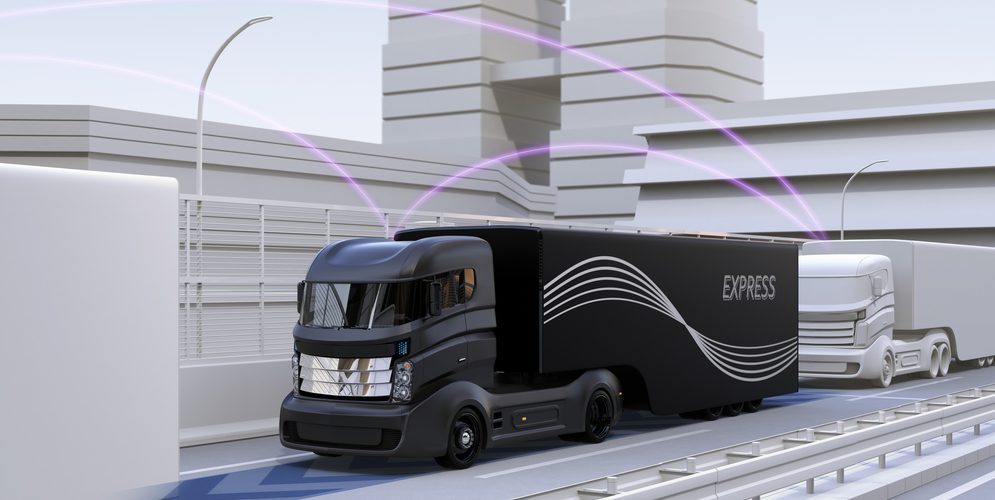
Have you ever heard of platooning? Platooning is a delivery method in which a convoy of AI vehicles is led by a manned vehicle (though it can also be comprised of completely autonomous vehicles). These vehicles, often trucks, are connected using vehicle-to-vehicle communication that controls the acceleration, breaking and maneuvering of the vehicles at almost instantaneous speeds.
Let’s say you have four shipments of different supplies you need to get from a single drop-off point to four different warehouses in close proximity. Platooning allows you to have four trucks full of stock being led, for a large portion of the journey, by only one driver.
The convoy will depart from one location, with all vehicles heading in the same direction towards their final destination. Should these vehicles have different destinations, the convoy will split up at a predetermined point en route. Drivers will then take over the autonomous vehicles to finish the last leg of the journey.
The benefits of this are already pretty clear: using a single driver to cover most of your route cuts costs dramatically.
You can also use predictive analysis and disruption management to ensure that all three vehicles take the most efficient route to your destination. This involves using past data, such as the length of previous journeys on certain routes, along with current and future data, such as traffic and weather, to create the most efficient route. Platooning saves time by reducing the need to plan for three different vehicles at three different times and with three different drivers.
Additionally, by remaining in a convoy, trucks can also take advantage of the slipstream effect. By staying close to one another, the area of low-pressure created by the vehicle in front reduces the amount of fuel needed by the vehicle behind it.
In fact, the University of Aachen reports that trucks could reduce fuel costs by about 17 percent by employing the slipstream effect. Due to safety reasons, manned vehicles should not use slipstreaming. Yet, in platooning with efficient and responsive AI mechanisms, this kind of fuel saving technique can be readily taken advantage of.
Platooning and slipstreaming sound great in theory, but can they actually be applied to the modern supply chain management? The answer is yes. In fact, these methods have been in development for some time.
Just last year, Toyota and Scania took to the streets to begin testing platooning. The operation was described as the “largest pilot project of its time." The pilot is currently underway and is being developed alongside the Ministry of Transport and the Port of Singapore Authority.
There have also been rapid development in platooning thanks to the start-up Peloton. Peloton has been working alongside the likes of UPS and Volvo, who have already invested $60 million, along with other companies, to create safer, more efficient freight shipping.
Last year, Uber invested $680 million in a company called Otto, which successfully delivered 2000 cases of Budweiser beer from Fort Collins, Colo., to Colorado Springs without any drivers on board.
The takeaway? Now’s the time to begin monitoring investments in platooning and slipstreaming by looking at how companies like Peloton, Toyota, and Otto are utilizing these techniques within various industries as its development continues. By getting on-board early, you can reap the big benefits of platooning and become a pioneer in AI delivery.
The case for AI supply chain management innovations
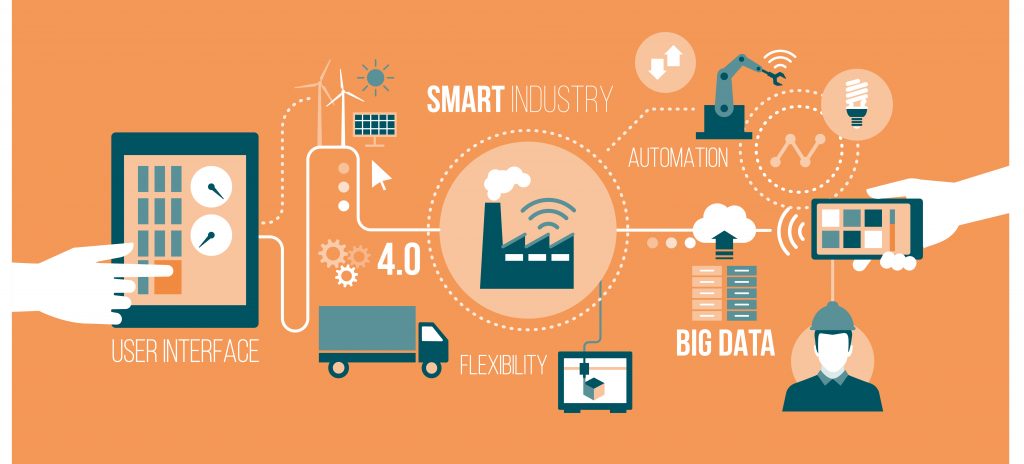
With the future of AI becoming clearer with each passing year, more and more companies are beginning to jump on board, implementing this advanced technology within their existing supply chains.
And as companies look to improve the goods distribution process, it’s time for supply chain executives to take a serious look at how AI can impact their operations.
Systems such as platooning can be used to reduce driver costs, increase route efficiency, and cut down on fuel. And although many believe that autonomous vehicles are a futuristic notion, they are in fact, a current reality. By connecting these AI-driven vehicles with a manned vehicle, the distribution advantages can be easily realized, minus the risk.
Speaking of risks, AI can dramatically reduce risk across supply chain distribution. Its ability to spot vehicle faults using visual perception and sensors, combined with the advantage of situational awareness to prevent collisions, reduces the risk of costly damage to your distribution.
Millions of dollars have already been invested in companies like Peloton that are actively developing and implementing AI technology for use in supply chains around the world.
What once was a notion of the far-off future is now here. AI is real, and, just as it impacts industries ranging from healthcare to finance, a major renaissance in the supply chain is around the corner. The time to take action is now.
Interested in exploring what artificial intelligence can do for your supply chain department? Let’s talk. hello@digitalauthority.me or 312-820-9893
Want To Meet Our Expert Team?
Book a meeting directly here
